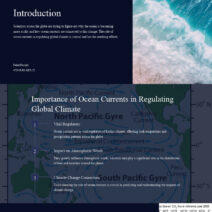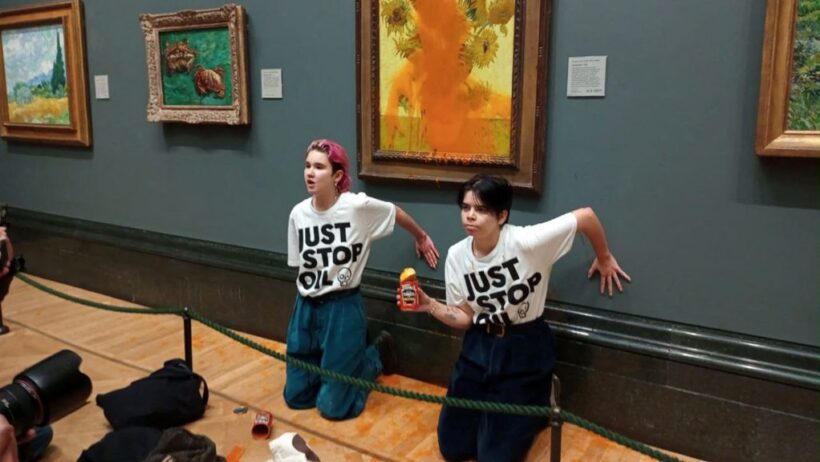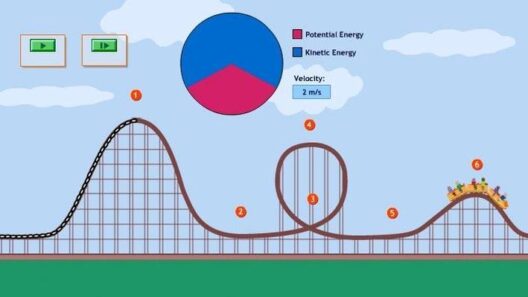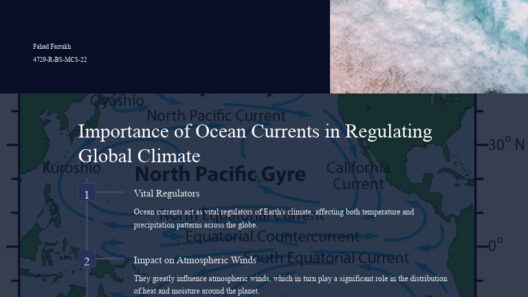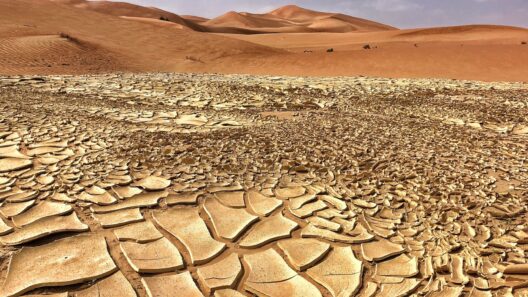In recent years, a disconcerting trend has emerged at the crossroads of art and activism, where climate advocates have taken to targeting iconic works of art as a bold statement in the struggle against climate change. This phenomenon raises a profound question: Is this action merely a protest, or does it serve as a form of performance? The intersection of creative expression and urgent activism offers fertile ground for exploration, revealing the complexities and motivations behind such actions, as well as their unique appeal.
Art has long served as a mirror reflecting societal values and tensions. When activists choose to confront the venerable halls of art institutions, their motivations are twofold. On one hand, they leverage the cultural gravitas and universal recognition inherent in these masterpieces to amplify their message. On the other hand, their actions provoke discussions about the value systems associated with art and how they intersect with pressing global issues, particularly climate change.
The first compelling reason activists target art is to catalyze conversations that might otherwise remain dormant. In the realm of climate change, urgency is paramount; however, public discourse often falls prey to complacency. By juxtaposing the beauty of artistry with poignant acts of defiance, activists seek to create a jarring contrast that forces audiences to reassess their priorities. This contrast serves as a powerful metaphor: just as iconic artworks can be subjected to the ravages of time, so too can our planet face irreparable damage due to inaction. This method of engagement challenges complacency and encourages a reckoning.
The provocative nature of such demonstrations compels observers to confront discomfort. Protests that involve art serve as a visceral reminder that the beauty of our environment is under siege. The choice of targets is not arbitrary; the works selected are imbued with cultural significance, bearing witness to human history and aspiration. These artistic landmarks symbolize values of progress, humanity, and imagination, all of which stand in stark contrast to the impending reality of climate catastrophe. Activists thus wield art as a valiant sword against apathy, declaring that if society continues to erode its cultural fabric without taking heed of ecological threats, it risks losing not only the environment but also foundational aspects of civilization itself.
Moreover, targeting art creates a spectacle, engaging audiences through a performance that compels both spectators and participants to reconsider their role in the climate crisis. This act of performance is revelatory; it transforms passive observation into active reflection. The drama of the act—whether it involves glueing oneself to a canvas or splashing non-damaging substances on revered pieces—elicits powerful emotional responses. This emotional engagement breaks down barriers that traditional environmental messaging often encounters, allowing the message to resonate more profoundly with diverse audiences.
This phenomenon also speaks to the evolution of protest culture in the digital age. In an era where social media can amplify any message and ensure real-time dissemination, dramatic actions targeting art have the potential to go viral. Activists harness the ubiquitous nature of contemporary communication, recognizing that striking imagery can transcend local boundaries. In this respect, the gallery or museum becomes a stage, the artwork the backdrop to a broader narrative. This digital amplification ensures that the underlying message can reach far beyond the physical confines of the art space, sparking debates on environmentalism across the globe.
However, the choice to target art is not without its critics. Detractors argue that such tactics detract from the political seriousness of the climate crisis, reducing it to a sensationalist spectacle. They posit that invoking violence—destructive or otherwise—against cherished cultural artifacts undermines the legitimacy of the cause. This critique highlights a nuanced tension within the discourse surrounding climate activism, prompting consideration of whether conflict is indeed a necessary element of effective communication. The challenge lies in balancing the necessity for visibility and urgency with respect for artistic heritage—a task that may seem Sisyphean.
At the same time, it is critical to recognize that the tension between art and activism has historical precursors. Throughout time, artists and activists have engaged in symbiotic relationships, often utilizing their respective platforms to critique social issues. The Dada movement, for instance, arose in reaction to the First World War, dismantling traditional notions of beauty and meaning in favor of subversion. By targeting art, climate activists are tapping into this rich legacy, asserting that disruption can be a catalyst for meaningful change.
Ultimately, the allure that this form of protest holds cannot be underestimated. It fosters a dialectic between appreciation and outrage, merging aesthetic contemplation with a visceral reminder of climate deterioration. The unique appeal lies not just in the act itself, but in the transformative potential for dialogue and reflection it inspires. The stakes are high; the crucible of climate change demands creativity and compassion. Activists who employ these tactics understand that art can be a rallying point—a canvas upon which to paint the dire narratives of our times.
As we navigate the escalating climate crisis, the actions of those who target art pose a critical inquiry into the relationship between culture, environment, and human agency. Are these protests simply acts of rebellion, or do they forge a new path for understanding the gravity of our predicaments through deeply ingrained cultural symbols? Perhaps the most potent answer lies in a duality—where art transcends its passive confines to become an active participant in the dialogue surrounding climate action. In doing so, it reinforces the notion that protecting the planet is not merely a political obligation but a moral imperative interwoven with the very fabric of our humanity.


